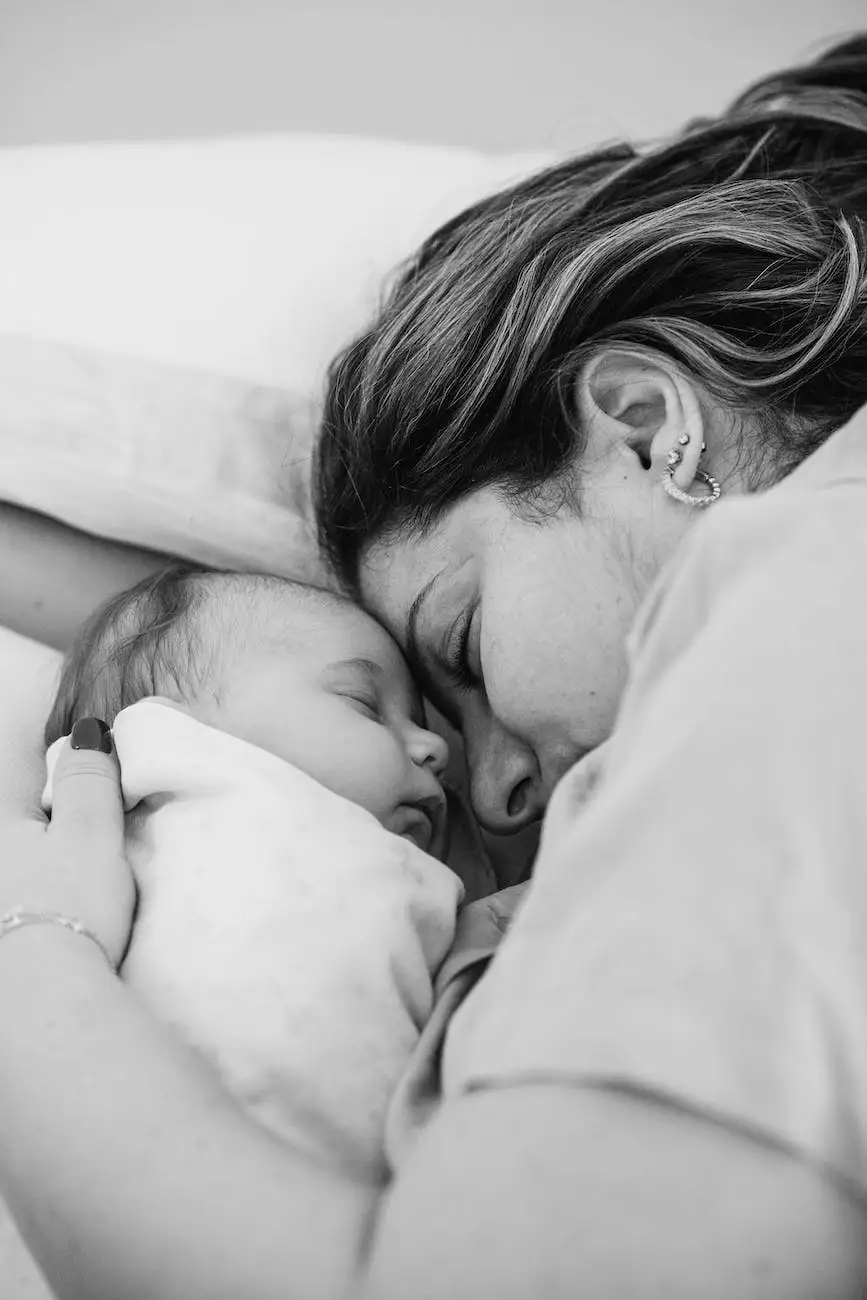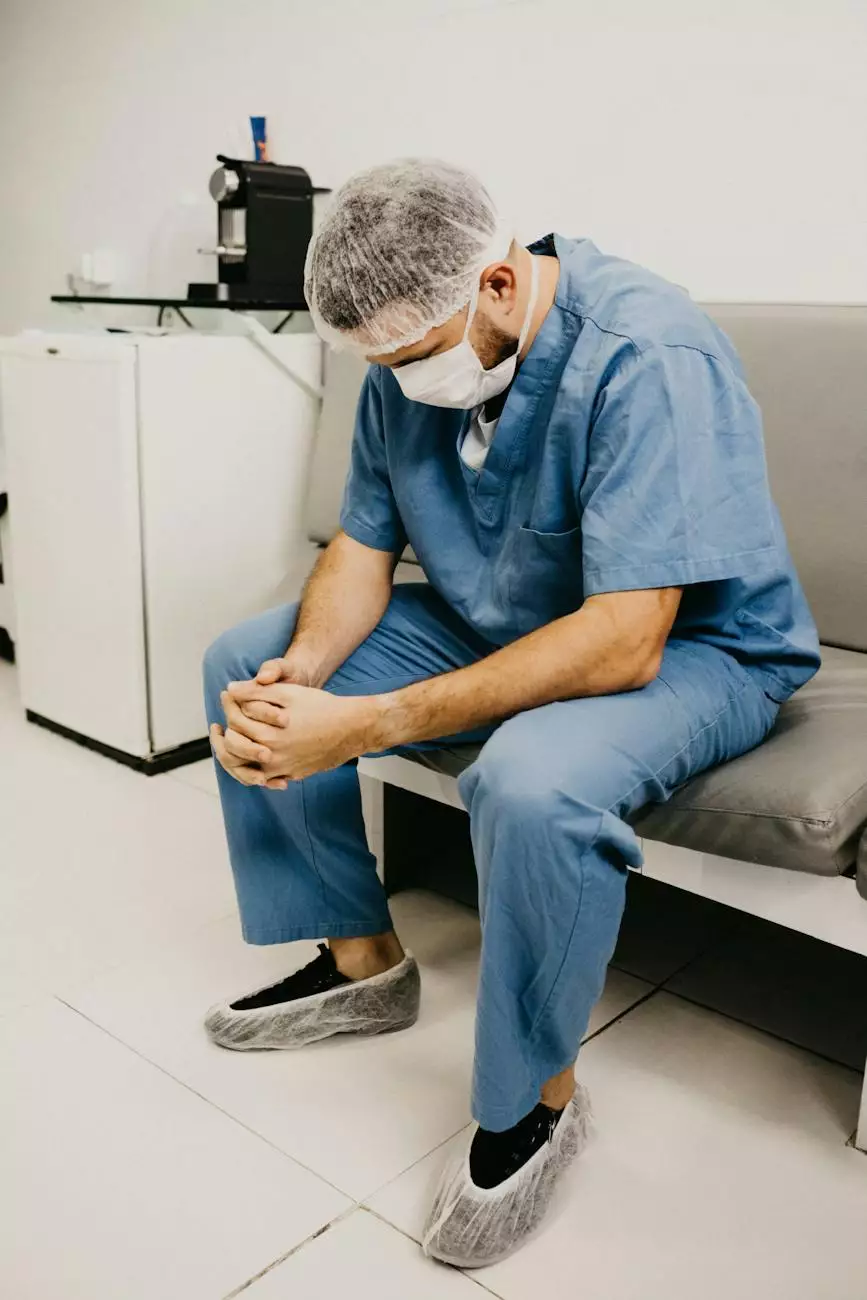"Sleep Positioners" a Danger to Baby: FDA
Women's Health
Introduction
Sleep positioners have gained popularity among parents as a means to ensure their baby's comfort and safety during sleep. However, recent warnings from the Food and Drug Administration (FDA) have highlighted the dangers associated with these products. At Bowling Orthopaedics, we prioritize the health and well-being of your little one, which is why we want to shed light on the risks involved with using sleep positioners.
Understanding Sleep Positioners
Sleep positioners are foam wedges or pillows designed to keep a baby in a specific position while sleeping. They are often marketed as a solution to prevent sudden infant death syndrome (SIDS), gastroesophageal reflux disease (GERD), or flat head syndrome. However, the FDA has issued warnings against using sleep positioners due to the potential hazards they pose.
Risks to Baby's Safety
While some parents may believe that sleep positioners enhance their baby's safety, the reality is quite different. The FDA has received numerous reports of infant deaths associated with sleep positioners. These products can restrict a baby's movement, leading to suffocation or accidental wedging of the head between the device and the crib's side. The risk of sudden infant death syndrome may also increase due to compromised breathing caused by sleep positioners.
Medical Expert Opinions
Leading medical experts strongly advise against the use of sleep positioners. Dr. Jack Bowling, a renowned orthopedic specialist at Bowling Orthopaedics, emphasizes the potential risks associated with these products. According to Dr. Bowling, "Sleep positioners may seem like a good idea, but they can pose serious hazards to a baby's health. It's crucial for parents to be aware of these risks and take necessary precautions to ensure the safety of their child."
Safe Sleep Practices
To protect your baby and promote safe sleep practices, it is important to follow the guidelines provided by reputable organizations such as the American Academy of Pediatrics (AAP). The AAP recommends placing infants on their back for sleep, on a firm and flat surface, without any pillows, bumpers, or sleep positioners. Additionally, the use of loose bedding, soft mattresses, or other sleep products not specifically designed for babies should be avoided.
Alternatives to Sleep Positioners
If you are concerned about your baby's sleep comfort, there are alternative measures that can be taken. To reduce the risk of flat head syndrome, try supervised tummy time when your baby is awake and alert. Tummy time allows for natural development and helps strengthen neck and shoulder muscles. Additionally, using a firm mattress and ensuring a safe sleep environment can provide your baby with the necessary support while minimizing risks.
Conclusion
When it comes to your baby's safety during sleep, it is essential to prioritize evidence-based recommendations and follow the guidance of trusted organizations like the FDA and the AAP. Sleep positioners may seem like a convenient solution, but their potential risks outweigh any perceived benefits. At Bowling Orthopaedics, we urge parents to prioritize safe sleep practices and remain vigilant in providing a secure environment for their little ones.
Additional Resources:
- FDA Warning on Sleep Positioners
- AAP Safe Sleep Recommendations
- Bowling Orthopaedics Official Website




